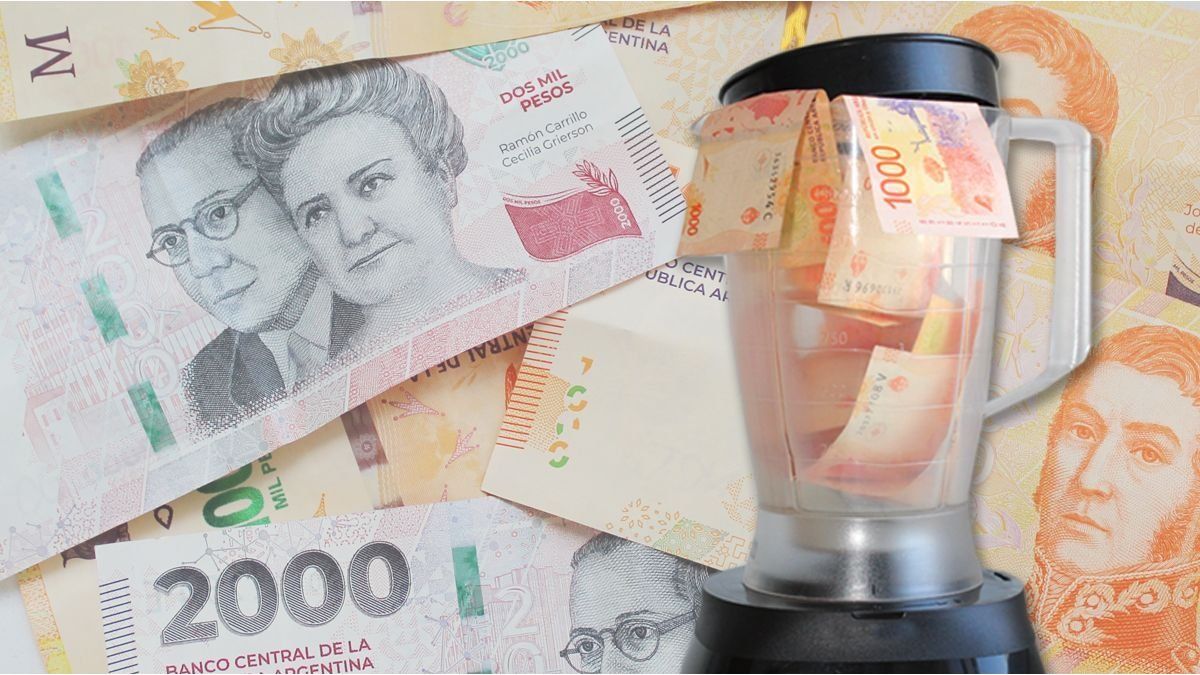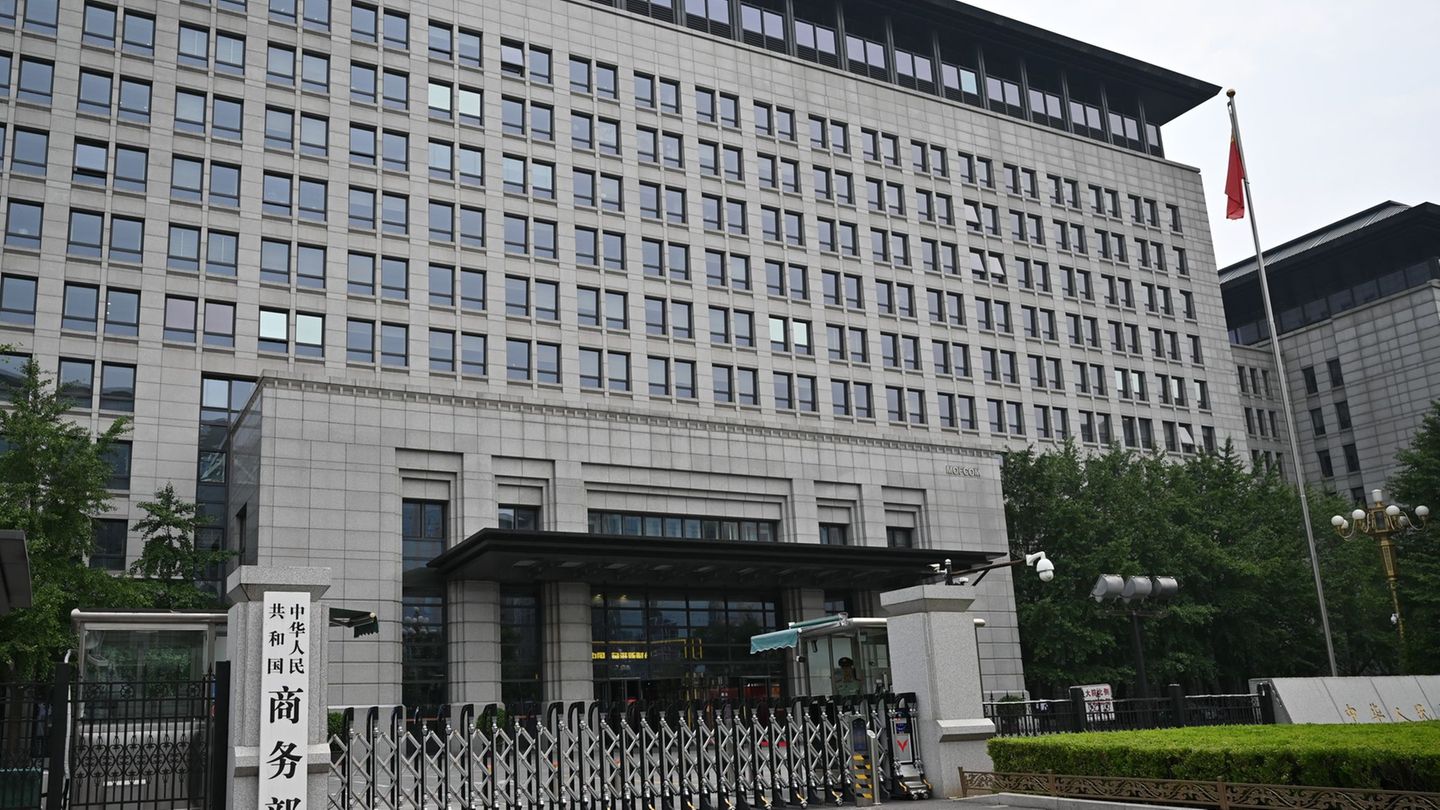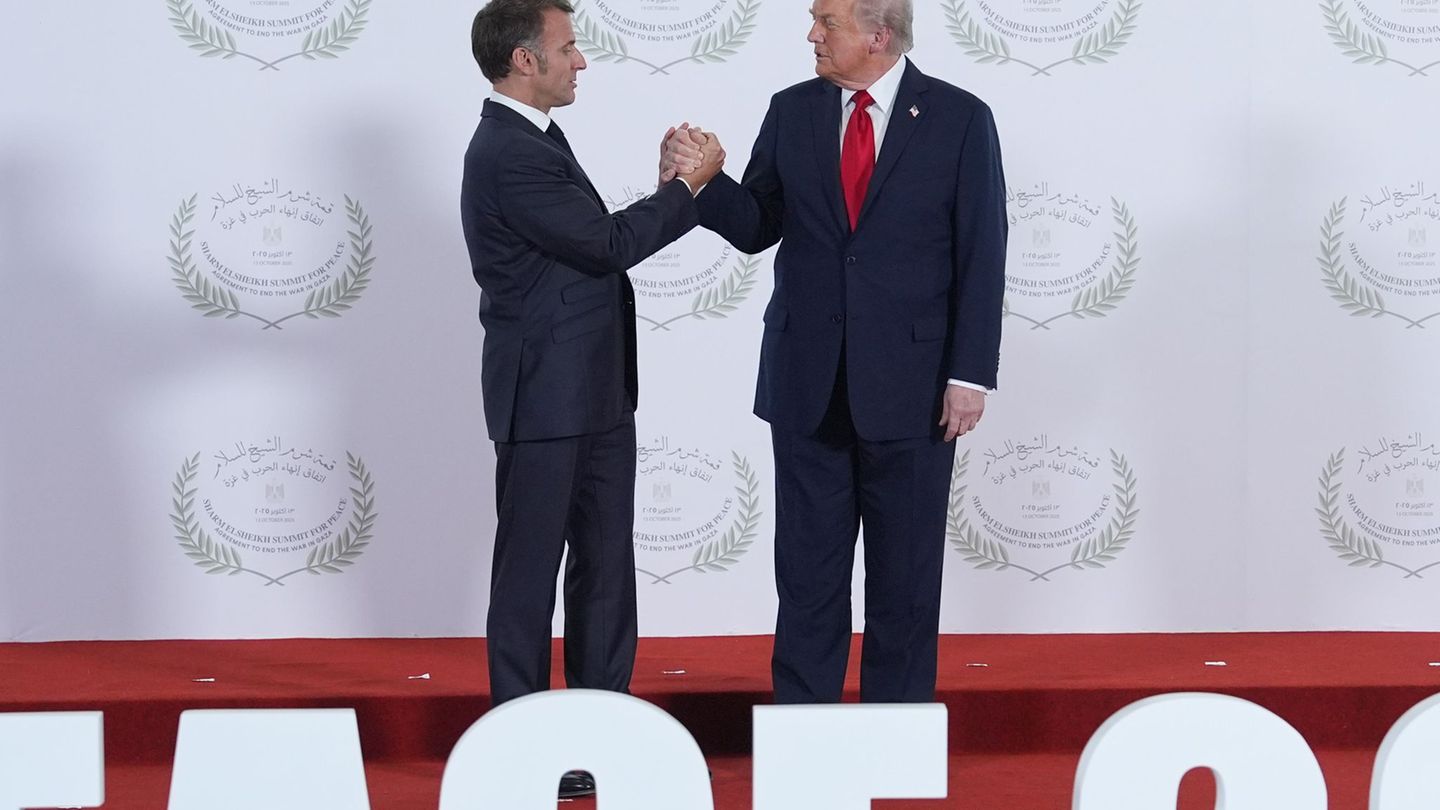A few days ago, before a room full of businessmen, the Minister of Economy, Luis Caputo, warned that inflation in March could be similar to that of February. Marcos Pereda, the president of the Inter-American Council of Trade and Production (Cicyp) and protagonist of the event, responded that to achieve a V-shaped recovery, it was necessary to register “a drastic drop in prices”. However, what would be a relief for the private sector, For the Government it could become a problem in its liquefaction objective.
After the inauguration of President Javier Milei, the inflationary engine overheated in a 25%after a devaluation of the 54% and the increase in fuel costs. January had its own with 20.6% and February gave the president’s hundredth day a 13.2%.
But this month could end that bearish streak. “March is going to be very complicated in terms of inflation“, he said in an interview with LN+. For this reason, the president of Cicyp, Marcos Peredahighlighted at the event that the entity organized last Thursday that “for there to be a V-shaped recovery there must be a drastic drop in prices” and “no one knows exactly if it will happen or not.”
April could bring greater stability to prices
For the businessman, “The sooner inflation goes down, the more money people will have in their pockets.” and it will be allowed to “relax the very strong monetary restrictions that they are implementing to dry up the peso market.” “There is no consumption, therefore no production, and the suspensions begin, which means there is less money in the pocket. It is a vicious circle“, stated who also holds the position of vice president of the Argentine Rural Society (SRA).
To the consolation of the businessman, according to the consultancy Vectorial, it is beginning to be seen effectively a process of rearrangement of relative prices. According to the firm, the increase in regulated prices was important, which rose 21.1%above general inflation: Communication 24.7%, Transportation 21.6% and Housing, water, electricity, gas and other fuels 20.2%.
On the contrary, the consulting firm detects that the smallest increases are observed in prices that were advanced, such as Clothing and footwear 7.2%, but also Recreation and culture 8.6%, Home equipment and maintenance 10.3%and Restaurants and hotels 11.2%. In the same way, Food and non-alcoholic beverages rose 11.9% and for the second consecutive month it evolved at a slower pace than inflation.
Industry decline deepens
“Working in this situation of sustained inflation is complex. I’m worried about how long the recession will last. If there are no signs, the situation can be very difficult“, summarizes Guajardo.
That same concern expresses the Santa Fe Industrial Federation. Through a statement, they warned that in January the drop in production was widespread: 77% of the manufacturing branches presented a lower level of activity compared to the same period of the previous year.
At the beginning of the year, factory production was impacted by lower domestic demand in numerous sectors (food, household appliances, capital goods), by the decrease in construction, which affected non-metallic minerals, steel and foundry, and due to the continuity of inconveniences in access to imported inputs due to difficulties in paying suppliers abroad. This, according to FISFE, led to a production adjustment, the advancement of vacations and plant shutdowns.
Liquefaction: friend of surplus, rival of growth
But the same topic is analyzed from different perspectives. The financial services company Consultatio warned that inflation can be the enemy, but that is as far as it goes “a great ally”, to achieve the objective of reestablishing the main macro balances.
”In addition to contributing to the cleanup of the BCRA’s balance sheet, the liquefaction of spending facilitated a phenomenal primary surplus of $3.25 trillion (0.46% of GDP) in the first two months of the year. In turn, inflation, together with the lowering of rates, the issuance of Bopreal, debt exchanges and suspension of financing to the Treasury, led to the contraction of 35.9% in real terms of the monetary base and 17.4% of remunerated liabilities”, analyzed in a report.
However, the question the company poses is: “What if the liquefaction stops?” Consultatio’s hypothesis is that an important part of the liquefaction of spending that facilitated the fall in inflation will be totally or partially reversed over time.
“In terms of inflation, the official strategy began to bear fruit very soon.”says the consultant. Only as a result of the application of the pension formula of the previous administration, the Government saved 0.12% of the GDP. Other 0.15% of the GDP It was contributed by the extraordinary income after the devaluation and COUNTRY tax on the BOPREAL. Everything pointed to the “non-negotiable” zero deficit.
For this reason, in the current situation, and without sufficient legislative support, the paradox of disinflation arises: although it is necessary for recovery, it would erode its central power as responsible for fiscal consolidation.
Source: Ambito




